The Advent of Axis Robot Technology
Axis Robot Technology represents a suite of advanced automated solutions that revolutionize tasks across sectors like manufacturing, construction, and agriculture. These robotic systems are engineered to support human labor by undertaking strenuous, monotonous, or hazardous tasks, or by augmenting the precision and efficiency of operations demanding consistent exactitude. Boasting multiple axes of motion, axis robots emulate the nimbleness of human limbs, navigating various planes with ease.
At the core of Axis Robot Technology lies an intricate blend of mechanical engineering, electronic innovation, and software development. These robots typically feature articulated arms, sophisticated grippers, and an array of sensors, empowering them to handle objects with remarkable finesse and reactivity. Their capabilities extend to executing intricate tasks such as welding, painting, material transport, and even surgical procedures with astounding accuracy.
Designed for adaptability, these robotic systems can be seamlessly incorporated into current production lines to bolster efficiency. They are customizable with diverse end-effectors to execute a spectrum of functions, thus being highly adjustable to meet varied industrial demands. Axis robots operate based on predefined protocols or dynamic commands, which can be input through devices like teach pendants or computer interfaces.
Diverse Forms of Axis Robot Technology
Axis robot technology is available in several configurations to cater to the distinct requirements of various sectors. Below are some prevalent types:
-
Articulated Robots: Characterized by their rotary joints, these robots offer multidirectional movement and are adept at a multitude of tasks, including welding, material management, and assembly.
-
SCARA Robots: Acronymous for their selective compliance assembly robot arm design, these units possess a sturdy arm capable of horizontal and vertical motion, commonly utilized in high-speed pick-and-place operations such as food packaging or electronics assembly.
-
Cartesian Robots: Moving linearly in vertical and horizontal directions, these robots are ideal for applications like navigating conveyor belts in manufacturing settings or handling heavy materials.
-
Delta Robots: Renowned for their swift and precise movements, delta robots feature a distinctive three-armed structure linked to a central hub, excelling in rapid pick-and-place tasks, particularly in the electronics sector where complex assemblies are routine.
-
6-Axis Robots: These robots, with their unparalleled flexibility and dexterity, are indispensable in sectors that involve intricate assembly operations, capable of inspecting parts for flaws or assembling components with utmost precision.
Selecting the Right Axis Robot Technology
In choosing the appropriate axis robot technology for your enterprise on Alibaba.com, weigh several factors that correspond with your unique manufacturing needs:
-
Application: Align the robot type with your intended application. For instance, welding manipulators are optimal for welding, while CNC routers are best suited for precision cutting in woodworking or metalwork.
-
Load Capacity: Verify that the robot can accommodate the weight and dimensions of your materials without sacrificing performance or safety.
-
Reach and Flexibility: Your operation's motion range requirements will determine if a standard 3-axis robot suffices or if a more complex 6-axis robot is necessary for intricate tasks.
-
Integration and Compatibility: Assess the robot's integration ease with your current systems, ensuring compatibility with your preferred control system and software.
-
Environment: If the robot is to function in extreme conditions or be exposed to contaminants like dust or moisture, confirm it is equipped with suitable protective features.
By meticulously evaluating these factors against your business objectives and utilizing Alibaba.com's extensive network of suppliers and product offerings, you can identify an axis robot technology that fits your industrial automation needs.
Axis Robot Technology on Alibaba.com
Alibaba.com distinguishes itself as a premier global marketplace that connects businesses with a broad spectrum of suppliers offering a variety of Axis Robot Technologies for numerous industries. With more than twenty years of experience in B2B transactions across the globe, Alibaba.com boasts a vast selection that ensures companies can find exactly what they require for their specific applications.
The platform's dedication to streamlining international commerce is apparent through features like mobile purchasing capabilities and multilingual communication options, which facilitate the buying process. Moreover, Alibaba.com's Trade Assurance service provides peace of mind by protecting payments until the delivery is verified.
Whether in search of a comprehensive robotic system or particular components for industrial applications, Alibaba.com's extensive directory enables you to scrutinize offerings from different suppliers and discover solutions that meet your operational needs and fiscal constraints. This focus on flexibility and user-friendliness renders Alibaba.com an essential tool for firms aiming to amplify their productivity with Axis Robot Technologies.
Frequently Asked Questions on Axis Robot Technology
What is axis robot technology?
Axis robot technology is an automated system that enhances movement and task execution in various industrial settings, boosting efficiency, precision, and safety in manufacturing workflows.
How does axis robot technology operate?
Axis robot technology generally comprises a series of motors that direct a robotic arm or a multi-axis apparatus, adhering to preset instructions or responding to real-time feedback from external sensors.
What are the principal components of an axis robot technology system?
Essential elements include motors, a programmable logic controller (PLC), various end-effectors tailored for specific tasks, and an assortment of sensors for input.
Which industries frequently employ axis robot technology?
Axis robot technology is extensively utilized in sectors such as manufacturing facilities, machinery repair shops, building material outlets, construction sites, retail environments, and beyond.
How can I ascertain the most suitable axis robot technology for my company?
Account for the particular tasks you wish to automate, the robot's operating environment, the materials it will handle, the required level of precision, and whether you are introducing a new product or upgrading an existing system.
Can axis robot technology be integrated with current machinery?
Indeed, axis robot technology can often be retrofitted to enhance the functionality and efficiency of existing systems.
What should I consider regarding after-sales service for axis robot technology?
Seek suppliers that offer comprehensive after-sales support, including video technical assistance, online support, field maintenance and repair services, and engineers available for overseas machinery servicing.
Are diverse control systems available for axis robot technology?
Certainly, there are multiple control systems available, ranging from single-axis controllers (such as DSP or PLC) to multi-axis controllers and computer numerical controllers (CNC), which can be selected based on the complexity of the task and system specifications.
In what ways does axis robot technology enhance safety in industrial applications?
Axis robot technology mitigates the risk of human error and workplace incidents by automating manual tasks, thereby elevating safety and efficiency in industrial settings.
What customization options exist for axis robot technology?
Customization may involve specific alterations to end-effectors, control systems, software interfaces, and mechanical parts to satisfy unique industrial needs.
Is it feasible to program an axis robot for various tasks?
Yes, axis robots can be programmed for a multitude of tasks by embedding custom instructions into their control systems or by employing software like SYntec or CypCut to generate G-code for CNC operations.
How do I ensure that my enterprise reaps the benefits of axis robot technology?
Select a supplier with robotic automation expertise who can offer insights on system integration and operation. Moreover, consider your business's specific requirements and how this technology will enhance your processes.
What materials are commonly utilized in constructing axis robot technology?
Axis robot technologies are typically crafted from robust materials such as aluminum alloy, stainless steel, and occasionally carbon steel or aluminum, depending on the necessary strength-to-weight ratio.
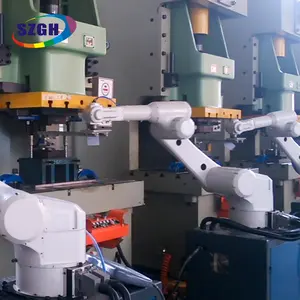






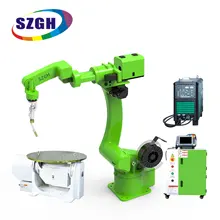




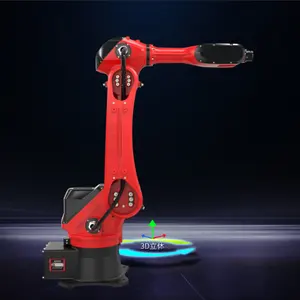
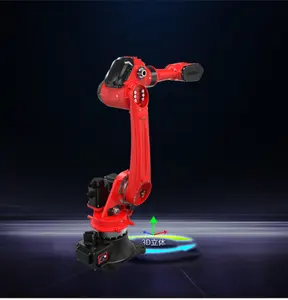
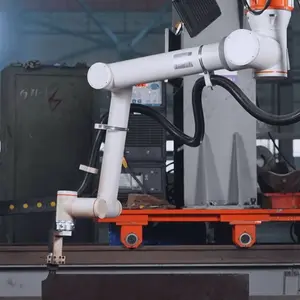


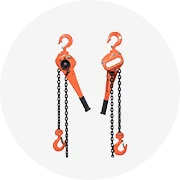
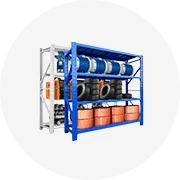
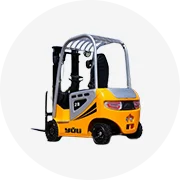








 浙公网安备 33010002000092号
浙公网安备 33010002000092号 浙B2-20120091-4
浙B2-20120091-4